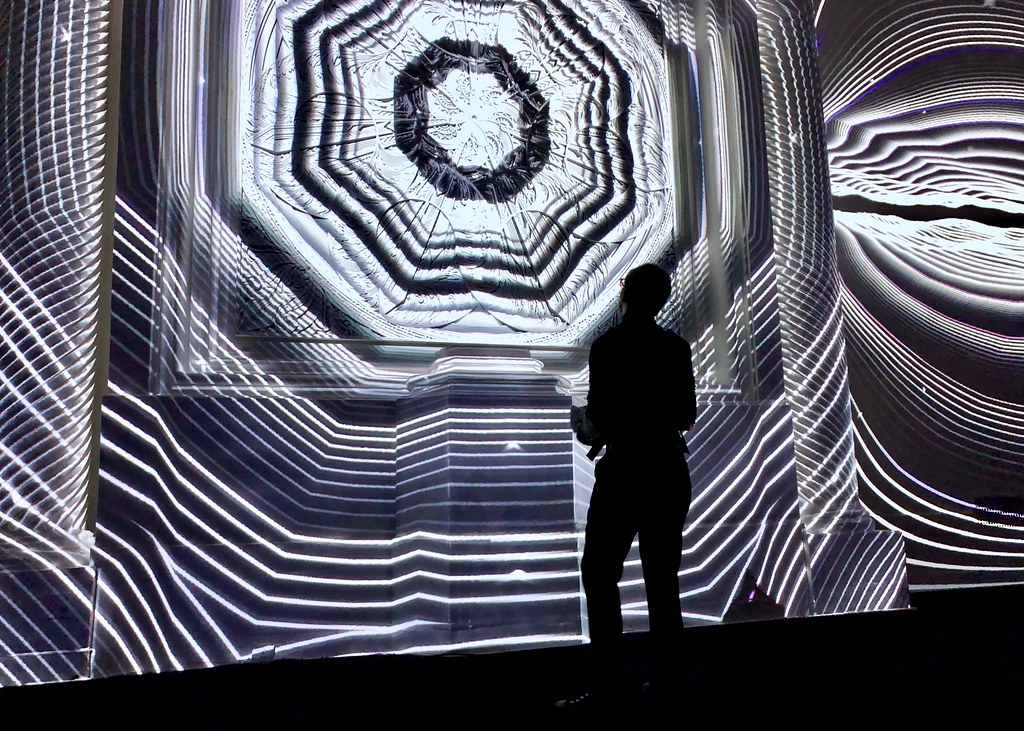
News
Cambridge Residents Slam Council Proposal to Delay Bike Lane Construction

News
‘Gender-Affirming Slay Fest’: Harvard College QSA Hosts Annual Queer Prom

News
‘Not Being Nerds’: Harvard Students Dance to Tinashe at Yardfest

News
Wrongful Death Trial Against CAMHS Employee Over 2015 Student Suicide To Begin Tuesday

News
Cornel West, Harvard Affiliates Call for University to Divest from ‘Israeli Apartheid’ at Rally
Art Galleries' New Prime Location: The Internet

This past March, amid widespread uncertainty and trepidation surrounding the coronavirus pandemic, many prominent galleries including Lévy Gorvy’s Old Bond Street location and Pace Gallery’s Chelsea outpost closed their doors to the public. Now, six months later, despite the lingering shadow of COVID-19, many art galleries have opened their physical spaces, albeit by appointment only. In the interim, from old masters to 20th century, from London to Shanghai, virtual exhibitions burst forth on the internet. In an industry marked by ever-changing trends and fast-paced, aggressive development, it should come as no surprise that in the face of compulsory restrictions and lingering angst, scores of art galleries swiftly adopted and thrived on virtual exhibitions.
Unimpeded by shifting lighting conditions and display labels peeling from the walls, galleries have taken advantage of the internet to present their art in optimal conditions. Such superlative online platforms then beg the question: Without the unequivocal tokens of success associated with prime physical locations such as Mayfair in London and Madison Avenue in New York City, or the distinct potentiality of gripping window displays and revealing glass walls, how do galleries distinguish themselves from one another? As it turns out, they often don’t. Hop onto the websites of David Zwirner, Hauser & Wirth, White Cube, and the like — most of which are free of charge — and minimally different digital experiences will transpire: captioned as “viewing room,” “online exhibition,” or “digital catalogue,” the subpages are essentially long-scroll sites comprised of alternating images and words with slideshows and videos interspersed throughout and — the most amusing identical feature of all — quotations fixed in their own conspicuously separate text boxes.
Granted, some digital galleries do offer other forms of navigation; one can partake in virtual tours, clicking arrows similar to those in Google Maps, or make use of augmented reality tools, projecting artworks anywhere and everywhere. With illuminated screens as well as rows of zeros and ones acting as common threads, viewers can virtually wander through quasi-normal, pre-pandemic gallery environments or visualize coveted yet pricey art on one’s private walls. Of course, continually scrolling through a webpage is almost always an option.
Surprisingly, in the age of social distancing, galleries have become closer — business-wise — to other art-related firms. With an already robust online sales structure in place, influential institutions, namely auction houses, host galleries on their digital marketplaces, boasting directness and efficiency; in return, galleries exclusively consign works of art and pay commission to the auction houses. These still somewhat fresh collaborations, or the auction-house-and-gallery hybrid sales model, notably include Sotheby’s Gallery Network and Christie’s partnership with La Biennale Paris. With a combined total of 73 galleries working with the auction-house duopoly, the joint enterprises epitomize the art industry’s capacity to innovate under pressure. Considering their virtual, customizable, and profitable features, digital art spaces will surely prevail long after the pandemic.
Want to keep up with breaking news? Subscribe to our email newsletter.
